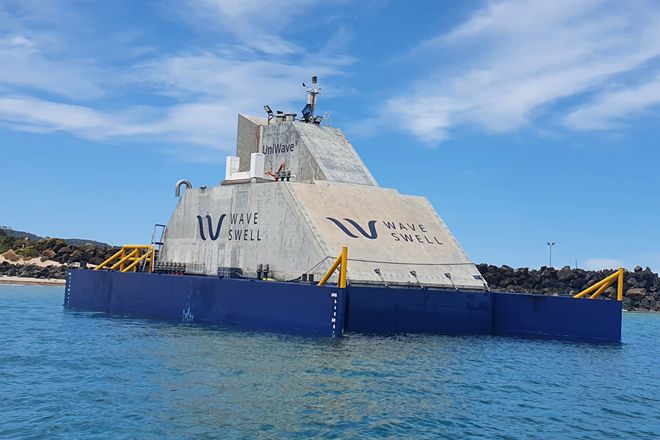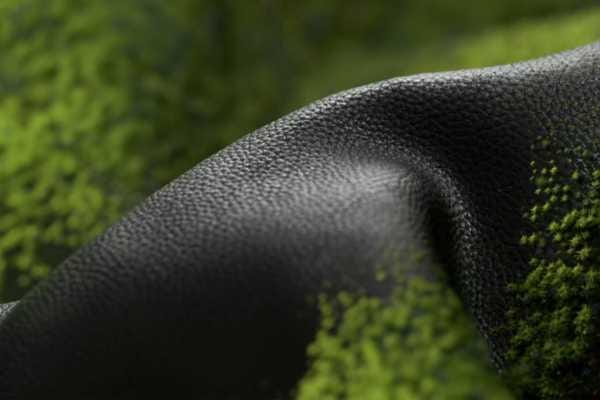Wave power on the high seas
This next-generation wave conversion unit has been designed to sit directly on the seabed.

Inpsired by a coastal blowhole, Uniwave draws renewable power from the ocean.
Designed to sit on the seabed, this new style of wave conversion unit will soon be helping to power the island state of Tasmania in its first Australian pilot project.
The Uniwave harnesses clean electrical energy from waves that are funnelled through its centre, mimicking the action of coastal blowholes.
Uniquely, the Uniwave operates unidirectionally and has no moving parts below the water line. Its creator, Australian company Wave Swell Energy (WSE), says its design aims to provide greater resilience, as many early-stage wave power prototypes have suffered breakdowns due to the extreme forces of the ocean.
The design is also more maintenance-friendly and removes hazards for marine life, and because it is relatively lightweight it can be re-floated and towed to different locations when required.
There are many benefits to harnessing renewable energy from waves – including the ability to provide a more consistent energy supply than some other renewable sources – and Australia’s national science research agency, the CSIRO, forecasts that wave energy could contribute up to 11 per cent of the country’s energy by 2050.
The first deployment of the 200kW unit is a pilot project being commissioned at King Island in Tasmania, to run in collaboration with the island’s energy and network provider, Hydro Tasmania.
In the process, King Island will become the first remote island grid in the world to be powered by three different renewables sources: wave, wind, and solar
"This is an exciting development as waves are predictable, reliable and a naturally occurring infinite resource."
Uniwave sits on the seabed about 100 metres from shore in a depth of 5.75 metres of water. There, the unit will connect to the local grid where its output and resilience will be monitored by Hydro Tasmania as it weathers real-world forces.
In November last year WSE was selected as runner up of the Ocean Impact Organisation’s international Pitchfest 2020 competition, chosen from 200 submissions across 38 countries.
Uniwave will enable remote sites such as King Island to reduce reliance on diesel fuel, and WSE says other potential future uses of the Uniwave include hydrogen production, desalination and to protect against coastal erosion.
The tech:
The Uniwave is an oscillating water column (OWC) which forms an artificial blowhole where the water can rise and fall. Traditional OWCs have been bidirectional, but Uniwave operates unidirectionally which increases its resilience to the elements while enhancing energy conversion efficiency. Also reducing the maintenance requirements of the unit are the turbine and bespoke valves – the only moving parts in the unit that sit well clear of the water line. The wave energy produced will boost Hydro Tasmania’s hybrid grid and help reduce diesel fuel consumption on King Island.
Who funds it:
The technology was developed by Wave Swell Energy (WSE), an unlisted Australian public company, and funded via equity crowdfunding.
Is it ready to roll:
The first pilot project is underway, with the unit installed in January and set to be connected to the local grid in collaboration with Hydro Tasmania.





